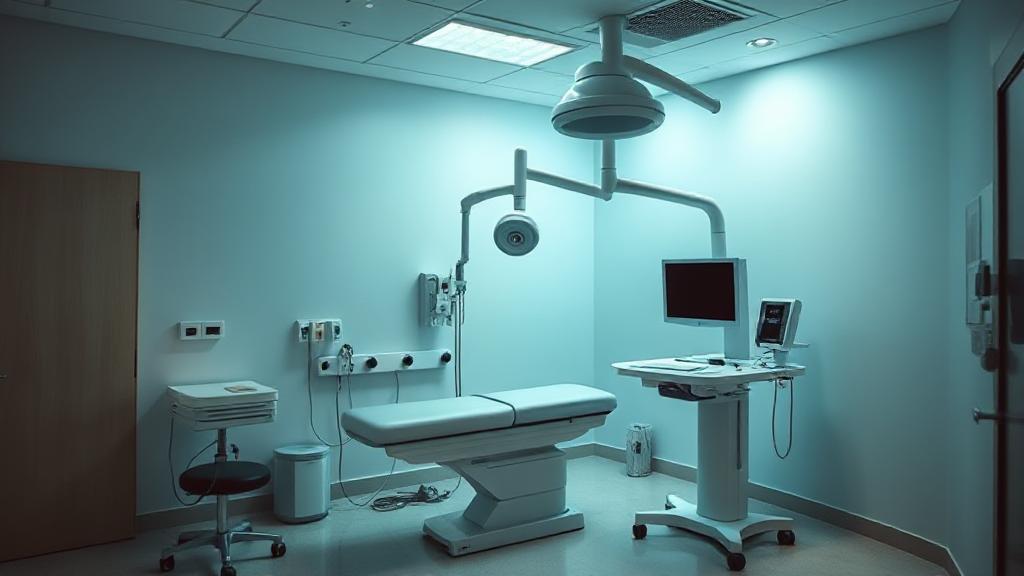Understanding Colonoscopy
A colonoscopy is a medical procedure that allows doctors to examine the inner lining of your large intestine (colon and rectum). It serves as both a diagnostic tool and a preventive measure for colorectal health. According to the American Cancer Society, colon cancer is the third leading cause of cancer-related deaths in the United States.
Preparation for the Procedure
Dietary Restrictions
Preparation begins several days before the procedure. Your doctor will advise you to:
- Follow a clear liquid diet
- Avoid red or purple liquids
- Stop certain medications as directed
- Avoid whole grains, nuts, seeds, dried fruits, and raw vegetables
Bowel Preparation
A critical part of the preparation is bowel cleansing, which involves taking osmotic laxatives or other bowel prep medications. This process is essential for ensuring the colon is adequately cleaned for examination. For more detailed information on preparation, visit the American College of Gastroenterology's guidelines.
During the Procedure
What Happens in the Exam Room
The procedure typically takes 30-60 minutes and includes:
- Sedation: Administered through an IV to help you relax
- Monitoring: Continuous tracking of vital signs
- Examination: A colonoscope (flexible tube with camera) is inserted to examine the colon
"Most patients report feeling nothing during the procedure and remember very little afterward due to the sedation." - American Society for Gastrointestinal Endoscopy
What the Doctor Looks For
During the examination, doctors search for:
- Polyps
- Inflammatory conditions
- Bleeding sources
- Tumors
- Diverticular disease
After the Procedure
Recovery and Common Side Effects
The immediate recovery period involves:
- Monitoring for 30-60 minutes
- Gradual return to alertness
- Light refreshments when ready
- Discharge with a responsible adult
Most patients experience:
- Mild bloating and gas
- Slight cramping
- Grogginess from sedation
Follow-Up Recommendations
If results are normal, screening intervals are typically:
| Age Group | Recommended Next Screening |
|---|---|
| 45-75 | Every 10 years |
| 76-85 | Individual basis |
| 85+ | Usually not recommended |
Important Considerations
When to Seek Help
Contact your healthcare provider if you experience:
- Severe abdominal pain
- Fever
- Heavy bleeding
- Persistent nausea or vomiting
Long-term Benefits
Regular colonoscopy screening has been shown to:
- Reduce colorectal cancer risk by up to 60%
- Enable early detection of precancerous polyps
- Improve treatment outcomes through early intervention
For more information on colonoscopy and post-procedure care, visit the Mayo Clinic's post-procedure guidelines.
Lifestyle Recommendations
To maintain optimal colorectal health between screenings:
- Maintain a high-fiber diet
- Stay physically active
- Limit alcohol consumption
- Avoid tobacco products
- Report any concerning symptoms promptly
For more information about colorectal cancer prevention, visit the National Institute of Diabetes and Digestive and Kidney Diseases website.
Remember that while a colonoscopy may seem daunting, it's a routine procedure that has helped countless individuals maintain their digestive health through early detection and intervention.
